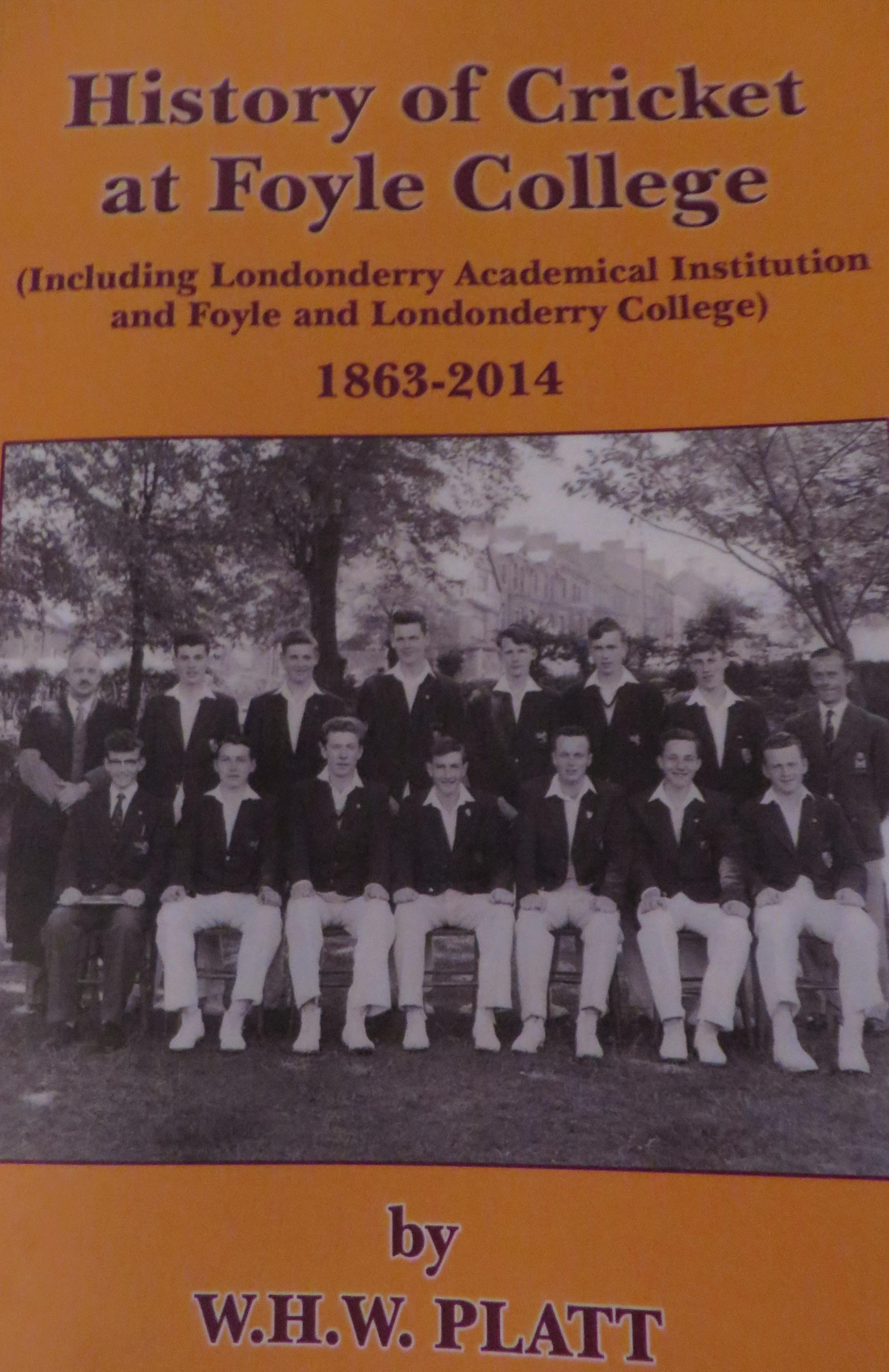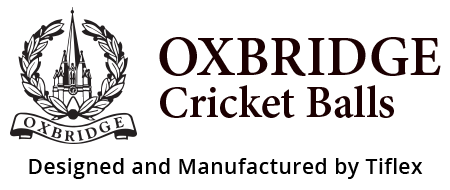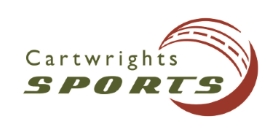
... of cricket in the area with the recent publication of "History of Cricket at Foyle College-1863-2014.
Billy is well placed to produce this important archive having captained the school 1st XI in 1960 and written 20 books on North-West sport including 17 on cricket. No mean achievement for any writer and the former civil servant is not only to be commended for his service to Irish cricket historical records, but for his unselfish work for charity as all his works have been non-profit making with the SANDS charity in Northern Ireland the principal beneficiary.
 First impressions might suggest interest in this book would be limited to former and current Foyle College students, but this would be misleading as the school played an important part in the development of cricket in the North-West area and in other parts of Ireland. Former pupils mostly integrated into local cricket, but others went on to play outside the region and from their midst the most talented attained international recognition and five reached the lofty heights of President of the Irish Cricket Union, subsequently renamed Cricket Ireland.
First impressions might suggest interest in this book would be limited to former and current Foyle College students, but this would be misleading as the school played an important part in the development of cricket in the North-West area and in other parts of Ireland. Former pupils mostly integrated into local cricket, but others went on to play outside the region and from their midst the most talented attained international recognition and five reached the lofty heights of President of the Irish Cricket Union, subsequently renamed Cricket Ireland.
The school traces its origins back to 1617 and after a series of amalgamations and name adjustments it was finally named Foyle College in 2011. Billy’s book embraces cricket from the embryonic days of cricket in Ulster and although the Derry Cricket Union (later to be renamed the North-West Cricket Union in 1909) was formed in 1888 the first records of cricket matches at the school date back to 1863. These stats are the first of many meticulously researched by a cricket historian who has become a master of researching old newspaper archives and club records. Collating details of 151 years of matches and results has been a painstaking labour of love for a cricket lover who has personal links with the game going back almost 100 years. The book also has many important scorecards and photographs that bring history to life and add much to the reader’s enjoyment and knowledge.
Billy traces the history of cricket at the school in a chronological format and from the content we can identify some of the leading lights of North-West cricket who went on to make a significant impact on the game. Some of the great players who dominated North-West cricket in the early part of the last century learned the game at the school before going on to distinguish themselves at provincial and national level. Players like Jim Rankin and Victor Craig of Strabane fame, Billy’s uncle Angus Platt of City of Derry, Victor Anderson the Eglinton skipper for many years and his club colleague AH ‘Doc” Montgomery, who became a legend in North-West cricket as both a player and administrator.
They were followed by outstanding cricketers and administrators like David Todd, Basil and Derick McNamee, Stan Mitchell, Lowry Cunningham, Ian and David Rankin, Willie Wilson, Ivan Lapsley, Colin Jeffrey and the prodigious schoolboy talent of Stephen Smyth. In more recent times Graeme McCarter has played county cricket for Gloucestershire and is in the current Cricket Ireland squad.
Interestingly a number of former Foyle College cricketers went on to make a significant impact in NCU cricket and in the case of Stan Mitchell in Leinster cricket with the Phoenix club. They include Basil Stanage (RUC), John Quigley (Donacloney), Paul Stafford (Lurgan and Bangor), Alwyn McSparron (Cregagh) plus the above mentioned McNamee brothers (North of Ireland), and Lowry Cunningham (Bangor).
Doc Montgomery, David Todd, Stan Mitchell, and Basil McNamee have been Presidents of the Irish Cricket Union/Cricket Ireland plus another ‘old boy’ the effervescent Robin Walsh who attended Foyle in 1955 before moving to Inst and returned to inflict defeat on his former teammates the following season!
Matches against other Ulster schools are well documented especially in the Ulster Schools Cup. The excellent coaching of Curzon Mowbray, Ian McCracken and Gerard McCarter has contributed much to Foyle’s success down the years and both Robin Walsh and Lowry Cunningham highlight the legendary Mr. Mowbray in their Forewords and especially his philosophy on the importance of the ‘Spirit of Cricket.’
Billy also uncovers some interesting snippets that are certain to interest keen historians. The legendary EDR Shearer helped coach at the school in the early 1930s and former England test cricketer Hedley Verity played against the school for a Military XI in 1941. The affable Hedley fell in action two years later. Ulster and Ireland rugby forward Ken Goodall was also a leading member of the school 1st XI in the Sixties.
Congratulations Billy on another masterpiece. We await your next book with much interest!
Clarence Hiles
Editor








